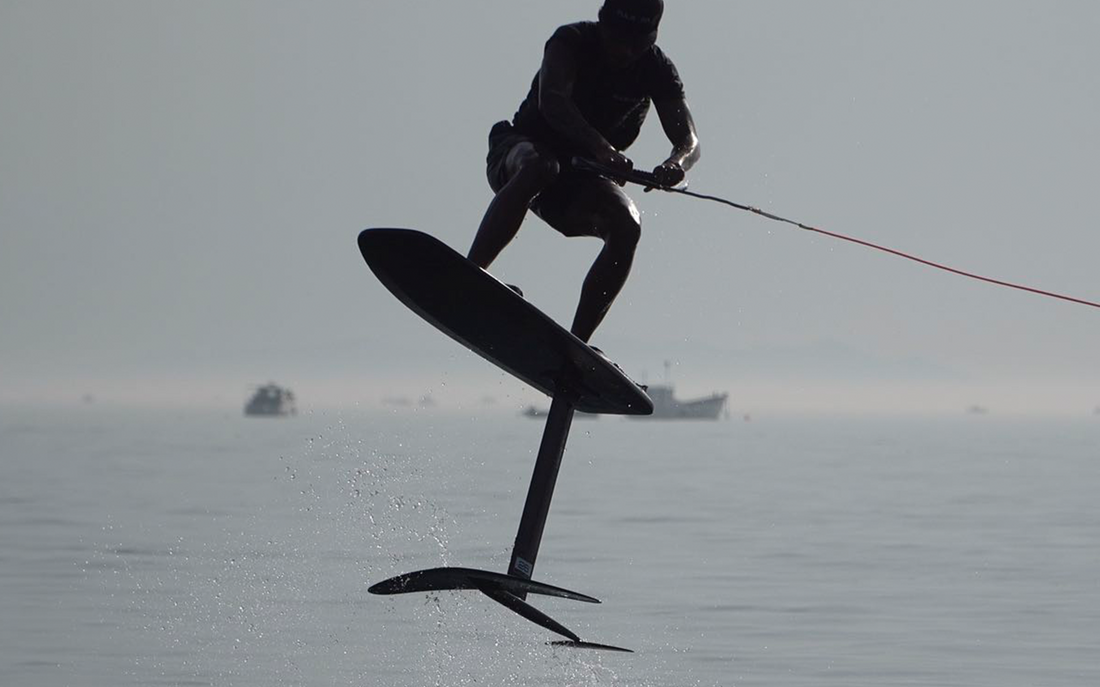Understanding Foilboard Components
A foilboard, also known as a hydrofoil board, consists of several critical components, each playing a vital role in the board's overall performance. Let's dive into the anatomy of a foilboard and examine why carbon construction is a game-changer in the world of hydrofoiling.
The Board Itself
The main body of the foilboard, commonly referred to as the deck, is where the rider stands. Deck dimensions significantly influence stability and maneuverability. For example, a board measuring 4'5" in length offers a balance between control and agility, suitable for various skill levels. The volume of the board, measured in liters, also contributes to buoyancy; a 27-liter board like the F-RIDE 121 provides a dynamic ride.The Importance of Carbon Construction
When it comes to material, carbon fiber stands out for its strength-to-weight ratio. A foilboard with carbon craftsmanship ensures a lightweight design, enhancing the board's responsiveness.、Size and Volume Considerations
When selecting the ideal foilboard, size and volume are critical factors that greatly influence buoyancy and stability. A larger board, with more volume, offers increased buoyancy, making it easier for beginners to stand up and maintain balance. This additional volume aids in keeping the board afloat even when stationary, providing a more forgiving learning curve for newcomers to the sport. Conversely, a smaller board with less volume requires more skill to manage, as it will not float as easily when not in motion. However, for the experienced rider, this translates into greater agility and responsiveness, allowing for more advanced maneuvers and a more thrilling ride.Comparing Board Sizes
The F-RIDE series presents a range of sizes catering to different rider needs:F-RIDE 121
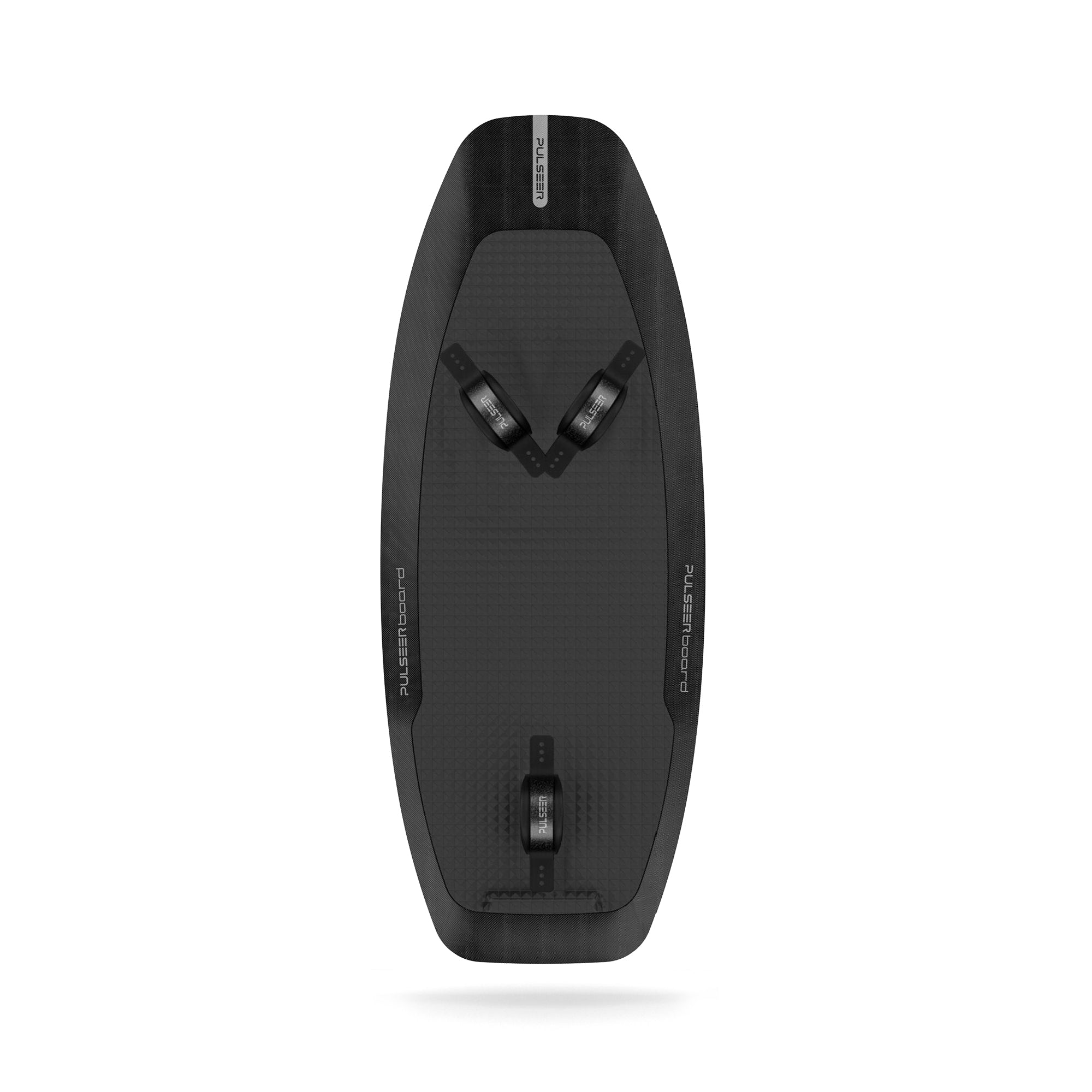
With its compact size of 4'0" x 18" and a volume of 27 liters, this board is a powerhouse of agility, perfect for riders who value a dynamic and responsive foilboarding experience.
F-RIDE 132
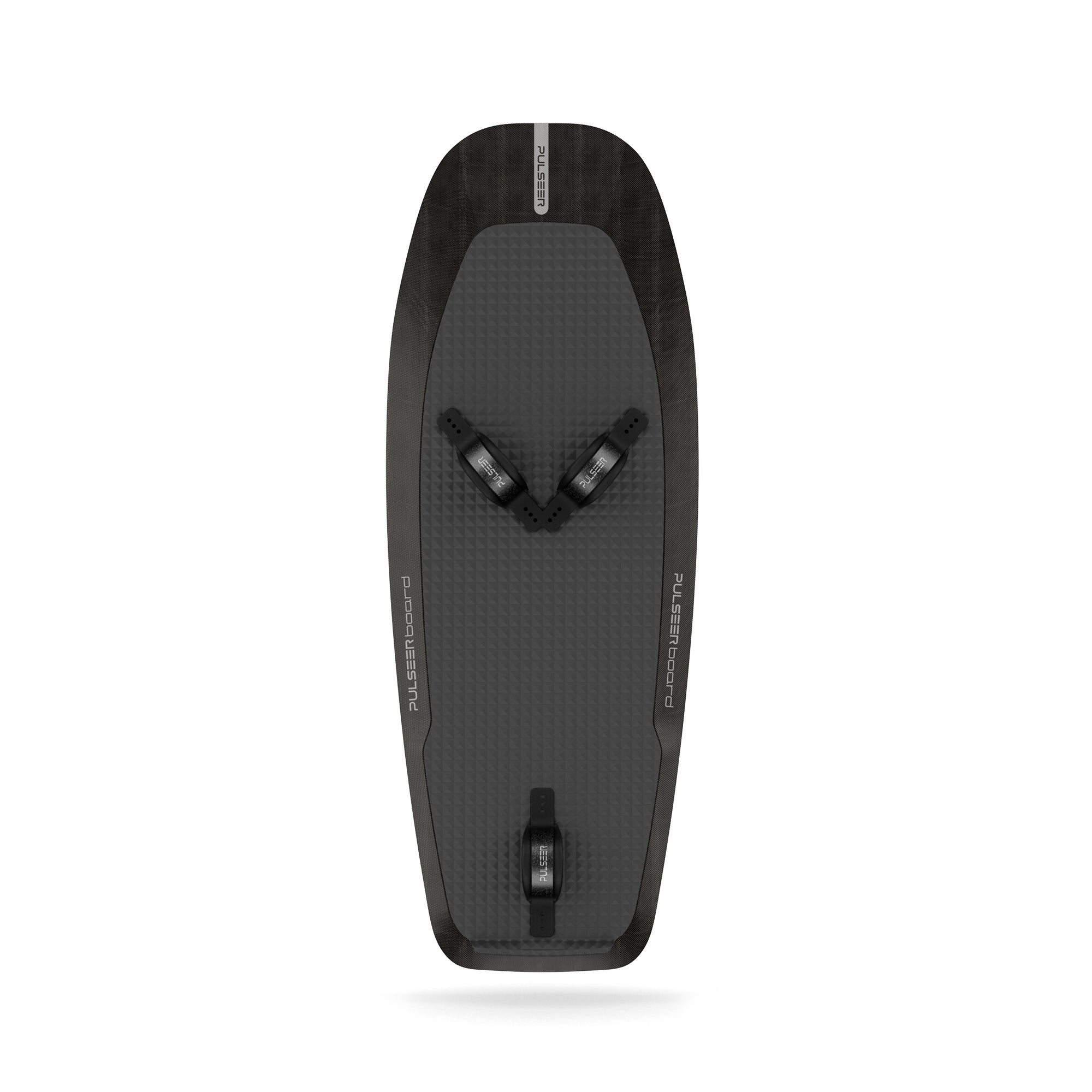
This model boasts dimensions of 4'3" x 19" with a volume of 32 liters, striking a balance between control and maneuverability, suitable for those refining their skills.
F-RIDE 134
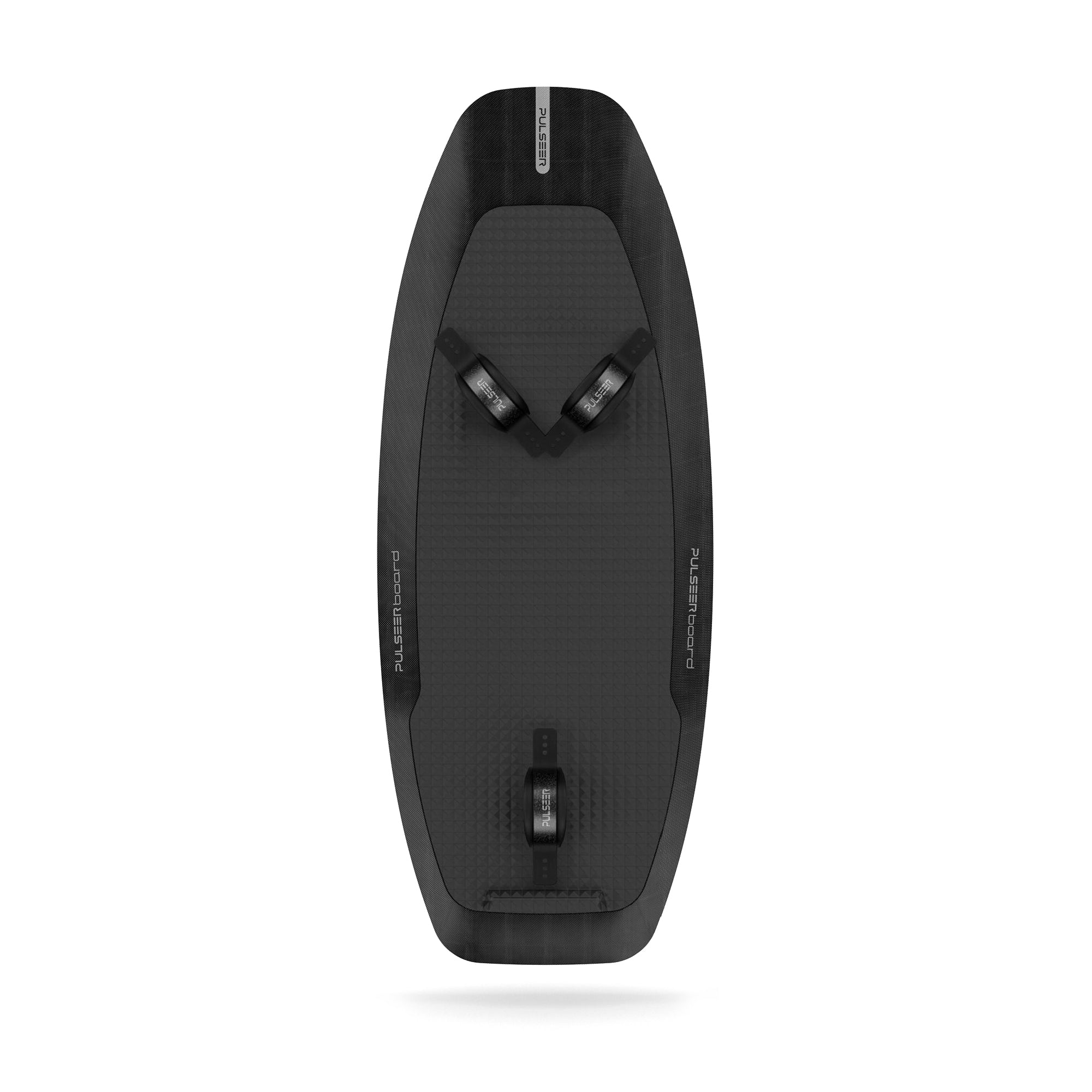
Featuring a length of 4'5" and a 28" mast, the 134 model offers a fluid ride with its 34 liters of volume, tailored for riders who are looking for a smooth transition from intermediate to advanced levels.
F-RIDE 140
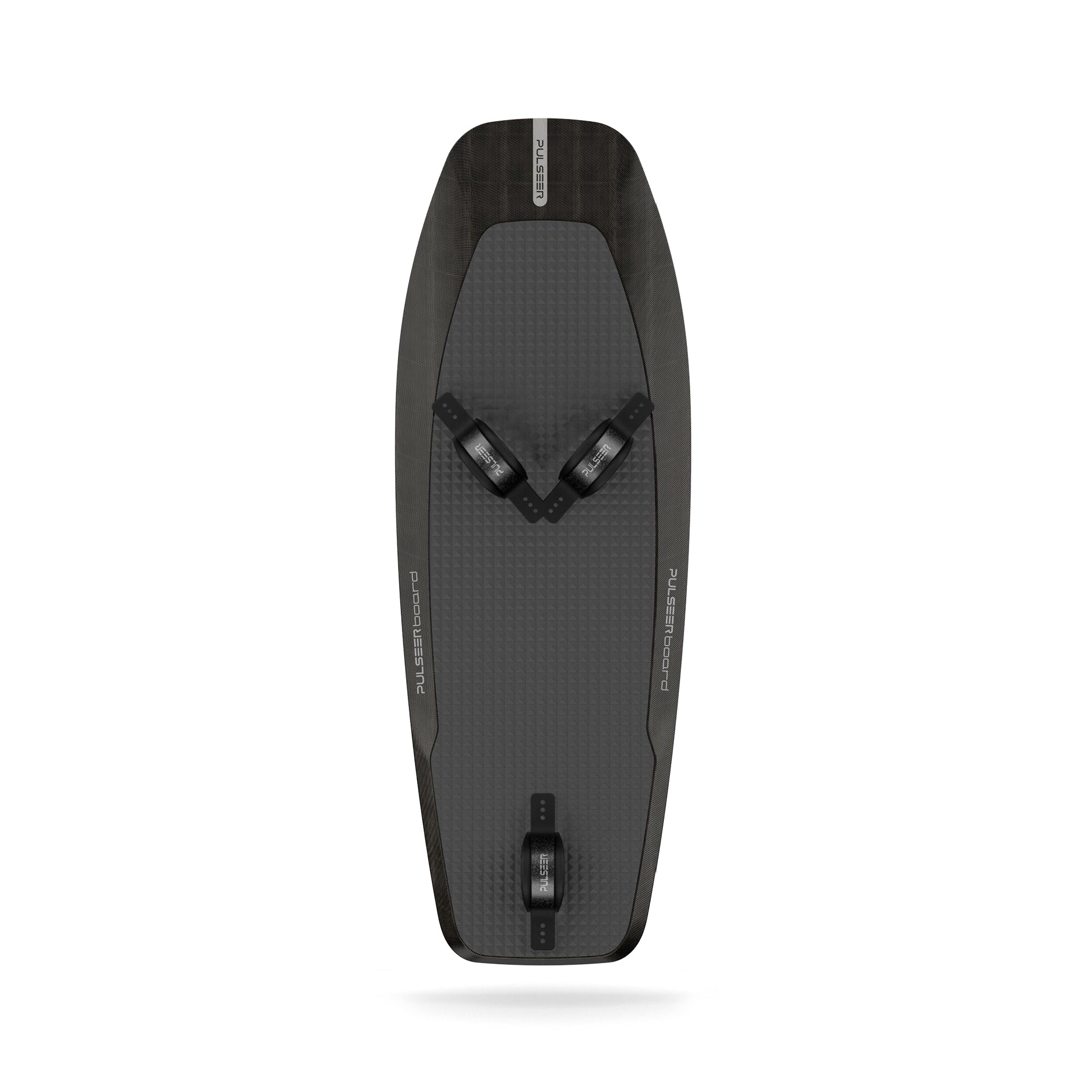
The largest in the series, at 4'7" and 40 liters, provides the utmost stability and buoyancy, ideal for beginners or heavy riders who need extra support from their board.
| Model | Length | Width | Volume | Suitable For |
|---|---|---|---|---|
| F-RIDE 121 | 4'0" | 18" | 27 L | Agile and responsive riding |
| F-RIDE 132 | 4'3" | 19" | 32 L | Balancing control & maneuver |
| F-RIDE 134 | 4'5" | - | 34 L | Intermediate to advanced level |
| F-RIDE 140 | 4'7" | - | 40 L | Beginners & heavy riders |
Price Considerations
Navigating the range of prices for foilboards is crucial for buyers who must balance their budget with their desire for quality features. The cost of a foilboard can be influenced by various factors, from the materials used to the technology embedded in its design.PUMP S1

With a price tag of $2,210.00, it's designed for competitive sports, offering advanced features for experienced riders.
Features Contributing to Cost
The material of the board plays a significant role in pricing. For example, carbon fiber is prized for its lightweight and strength but comes with a higher price tag due to the complex manufacturing process. Boards like the PUMP S1, constructed with carbon fiber, offer top-tier performance and durability, justifying their premium cost.Let's consider the pricing structure for the mentioned models:
F-RIDE 121: Priced at $1,500.00, this model offers agility in a compact size for riders who seek maneuverability. F-RIDE 132: At $1,600.00, it provides a balance between performance and ease of use, suitable for intermediate riders. F-RIDE 134: For $1,700.00, riders get a board that is adaptable to a variety of conditions, offering versatility. F-RIDE 140: This board costs $1,550.00 and is ideal for beginners due to its larger volume and stability. PUMP S1: With a price tag of $2,210.00, it's designed for competitive sports, offering advanced features for experienced riders.


